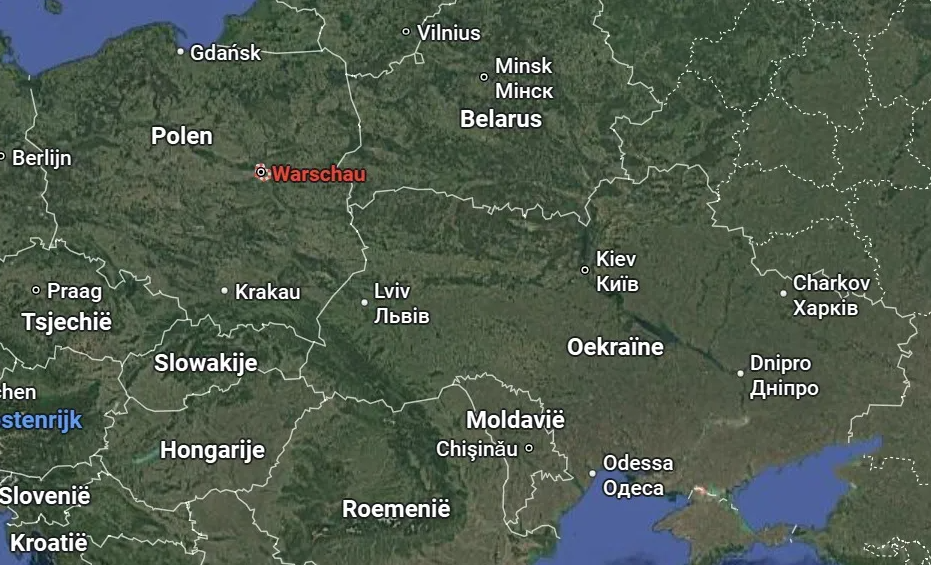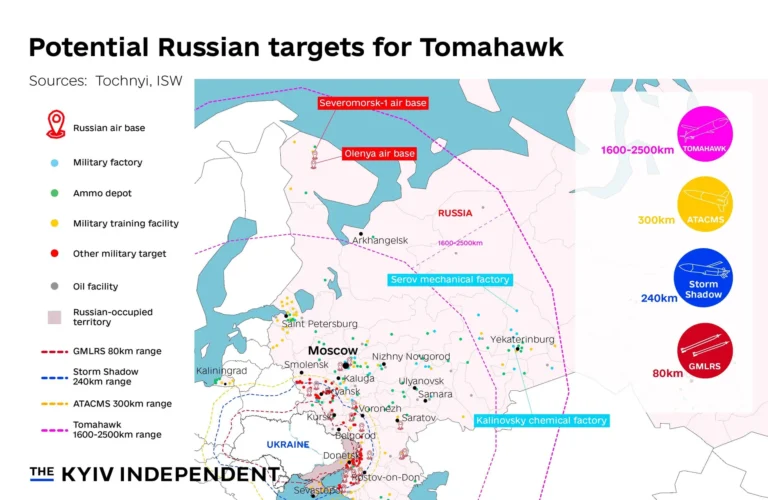
For the first time since Russia’s full-scale invasion of Ukraine, Poland has taken direct military action against Russian drones violating its airspace. In the early hours of September 10, Polish forces, supported by Dutch F-35 fighter jets and other NATO aircraft, shot down multiple drones that crossed into Poland during a large-scale Russian attack on western Ukraine.
Polish Prime Minister Donald Tusk called the incident a “flagrant act of aggression”, stressing that the drones posed a “real threat” to Polish citizens. Several airports, including Warsaw Chopin Airport, were closed for hours as NATO air defense systems went on high alert. Wrackages have been found near the eastern border regions of Lublin, with at least one drone striking a private home, miraculously without casualties.
Why This Incident Matters
This is more than just another escalation in Russia’s war on Ukraine. It marks a significant shift for NATO, Poland, and Europe at large:
- Crossing a Red Line
Until now, NATO states bordering Ukraine had intercepted and monitored Russian drones and missiles, but avoided direct engagement unless debris fell on their territory. By downing Russian drones inside Polish airspace, Warsaw has set a precedent that could redefine NATO’s military posture. - Dutch F-35s in Action
The involvement of the Royal Netherlands Air Force is equally important. Since September 1, Dutch F-35s have been stationed in Poland to safeguard NATO’s eastern flank. Their active participation demonstrates NATO’s readiness to defend allied skies, not just Ukraine’s. - The EU’s Strongest Warning Yet
EU foreign policy chief Kaja Kallas called the breach “the most serious violation of European airspace by Moscow since the start of the war.” Such language suggests Brussels and NATO capitals now see Russia’s actions not as accidental spillover, but as deliberate testing of Europe’s red lines. - Civilian Impact and Escalation Risks
Beyond geopolitics, this incident disrupted thousands of passengers at major airports and spread fear in border communities. Every drone or missile crossing into NATO territory raises the risk of miscalculation, or worse, a direct military clash between Russia and NATO forces.
What Comes Next?
Moscow has yet to respond publicly. But the pattern is familiar: Russia escalates, probes NATO’s resolve, and gauges the response. Ukrainian officials warn that unless the West reacts decisively, Russia will continue pushing further into European airspace.
For NATO, this is a pivotal moment. Secretary-General Mark Rutte confirmed he is in close contact with Warsaw, emphasizing that “numerous drones were intercepted by Polish and NATO air defenses.” Whether this incident leads to stronger NATO engagement, or simply another round of warnings, will shape Europe’s security landscape for months to come.
The Bottom Line
Poland’s decision to shoot down Russian drones, with Dutch F-35 support, is a turning point. What was once a contained war on Ukraine’s territory is now testing NATO’s very borders. The question now is not whether escalation will continue, but how far Moscow is willing to go, and how firmly NATO will respond.





I was just curious and liked what you wrote. Would love to know more about Ukraine and its people